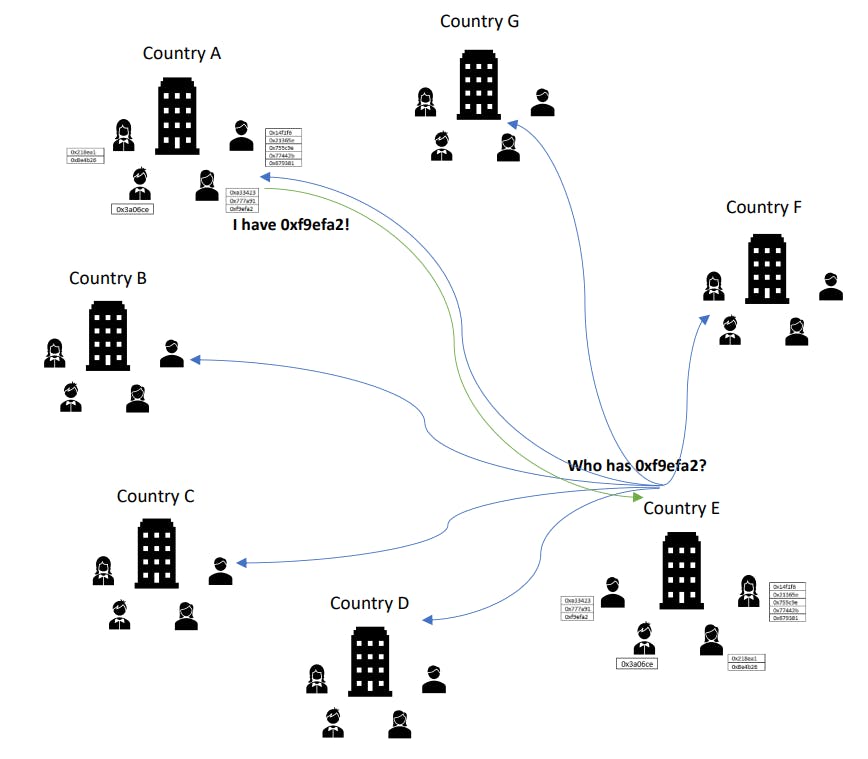Labor Day has come and gone, and school is back in session. Though the leaves have yet to start turning, fall is making its way here. The official arrival of the season is the autumnal equinox, which occurs in the Northern Hemisphere in September.
After a hot summer, the fall equinox marks a welcome shift in the seasons for many folks. But what exactly is an equinox? It’s all about Earth and its relationship with the sun. Here’s how to understand, visualize and celebrate the autumnal equinox.
When is the fall equinox?
This year, the autumnal equinox in the Northern Hemisphere falls on Monday, Sept. 22. If you want to be extra specific and mark it on your calendar, mark it for 11:19 a.m. PT.
Dates can shift slightly for equinoxes depending on the year, but it’s always around this time in September. The next vernal equinox in the Northern Hemisphere takes place on March 20, 2026, and will mark the start of spring.
What does the September equinox look like?
Wherever you are on Earth on the day of the equinox (and whether it’s a spring or fall equinox, depending on which hemisphere you live in), the sun will rise as close to east and set as close to west as possible, making it a foolproof compass. Go outside and watch the sunset and sunrise, and make a note of the landmarks in front of the sun. That way, you’ll always know what exactly is west and east.
The two annual equinoxes also feature the fastest sunrise and sunset of the year, with the sun taking just a few seconds to appear and disappear. That’s because this is the steepest angle at which the sun rises and sets during the year.
What is the fall equinox?
The meaning of equinox is right there in the name: a combination of the Latin words for equal and night.
“There are only two times of the year when the Earth’s axis is tilted neither toward nor away from the sun, resulting in a ‘nearly’ equal amount of daylight and darkness at all latitudes,” the National Weather Service said in an explainer about the seasons.
A NASA illustration shows the angle of Earth’s tilt in relation to the sun.
The Earth spins on an axis (imagine a line running from pole to pole) and the planet sports a jaunty 23.5-degree tilt. The tilt is what gives us seasons. As the Earth orbits the sun, the tilt means some areas of the planet get more direct sunlight than others. That’s how it can be summer in the Northern Hemisphere (tilted toward the sun) and winter in the Southern Hemisphere (tilted away from the sun) at the same time. During the equinox, the sun shines straight at the equator and gives equal love to the two hemispheres.
Other planets that are also tilted on their axes of rotation also experience equinoxes. The time scales can be very different, however. An equinox on Saturn only comes around about every 15 Earth years. That means each season lasts for over seven years on Saturn. It’s even wilder on Neptune, which has seasons that last decades. We can be grateful for the relatively short seasons on our planet.
How is equinox different from solstice?
This National Weather Service graphic shows Earth’s tilt, how it orbits the sun and when the equinoxes and solstices occur in the northern hemisphere.
As with equinoxes, solstices are associated with Earth’s tilt, but instead of daylight and nighttime being even, the days and nights are at their extremes. The winter solstice is the shortest day of the year, while the summer solstice is the longest. This year, the winter solstice for the Northern Hemisphere falls on Sunday, Dec. 21.
See equinoxes from space
Earth-watching satellites up in orbit have a unique view of the equinox. A NASA Earth Observatory video shows Earth from space and how the positioning of the sun’s light shifts with the changing of the seasons. It’s a great way to visualize what’s happening during our planet’s orbit around the sun.
How to celebrate the fall equinox
Fall means it’s time for autumn foliage sightseeing adventures.
Equinoxes aren’t like eclipses or meteors. There isn’t a big wow moment when you see something spectacular. The fall equinox this year will look like any other day, but it’s a handy way to mark the changing of the astronomical seasons. You can go around and declare, “It’s officially the first day of autumn!” How you celebrate is up to you. Here’s a suggestion: Put on your favorite sweater, go for a scenic foliage drive and sip a pumpkin spice latte to welcome fall in style.










